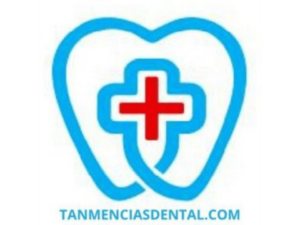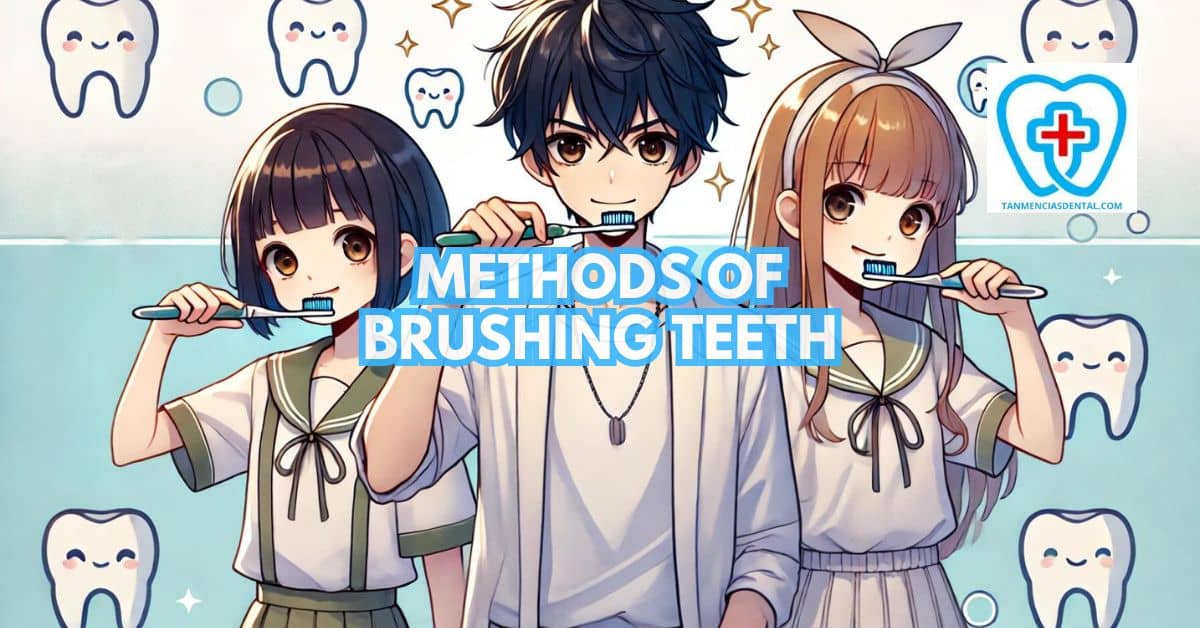Selecting the right method for brushing your teeth plays a significant role in maintaining oral hygiene and preventing dental issues.
Various techniques and tools are available, each offering distinct benefits suited to different needs.
Understanding these methods can help you decide which one is most effective for you, based on factors like cost, ease of use, and specific oral health concerns.
We’ll provide an in-depth comparison of the most popular methods of brushing teeth, highlighting the pros and cons of each.
By the end, you’ll be better equipped to choose the method that aligns with your dental care goals.
1. The Manual Brushing Method: Affordable and Accessible
The manual toothbrush is a staple in oral hygiene, mainly due to its low cost and widespread availability.
It offers complete control over brushing pressure and technique, making it adaptable to different brushing styles.
However, the effectiveness of manual brushing largely depends on the user’s consistency and ability to maintain the recommended two-minute brushing time.
Without proper technique, manual brushing may leave behind plaque, particularly in hard-to-reach areas.
Despite these limitations, manual toothbrushes remain a popular choice for those seeking a simple and budget-friendly option.
🦷 How to Get In The Habit Of Brushing Your Teeth
2. Electric Toothbrushes: Efficiency and Ease of Use
Electric toothbrushes have gained popularity for their ability to provide consistent brushing motions with minimal effort.
Many models come with built-in timers and pressure sensors, ensuring users brush for the right amount of time and with the correct force.
This makes electric toothbrushes especially useful for individuals who may struggle with manual brushing techniques.
On the downside, they are more expensive and require regular charging or battery replacements, which can be inconvenient.
Despite the higher cost, the ease of use and enhanced cleaning capabilities make electric toothbrushes a strong contender in oral care.
🦷 The Ultimate Guide to Choosing the Best Toothbrush for Gingivitis
3. Sonic Toothbrushes: High-Frequency Cleaning Power
Sonic toothbrushes stand out due to their high-frequency vibrations, which help to dislodge plaque and bacteria from the surface of the teeth and gumline.
The rapid movement of the bristles also creates tiny bubbles in the toothpaste, which can further aid in cleaning hard-to-reach areas.
This method is particularly beneficial for those with tightly spaced teeth, as the vibrations can reach between teeth more effectively than manual brushing.
However, the intense vibrations may not be comfortable for everyone, especially those with sensitive gums.
Additionally, sonic toothbrushes are often more expensive than other electric models, which might be a consideration for some users.
🦷 Can You Use Mouthwash With Braces?
4. Rotating-Oscillating Toothbrushes: Targeting Plaque Removal
Rotating-oscillating toothbrushes are designed with a small, round brush head that moves in a circular motion, alternating between clockwise and counterclockwise directions.
This motion is particularly effective at breaking up and removing plaque from the surface of each tooth.
These toothbrushes are often recommended for individuals with braces or other orthodontic appliances, as they can clean around wires and brackets more efficiently than manual brushes.
However, the vigorous motion can sometimes be too harsh for those with sensitive gums, potentially leading to irritation if not used properly.
Despite this, their ability to target and remove plaque makes them a valuable tool for maintaining oral health.
🦷 How Often Should You Brush Your Teeth With Baking Soda?
5. Charcoal Toothbrushes: Natural Whitening and Eco-Friendly Options
Charcoal toothbrushes are equipped with bristles infused with activated charcoal, known for its natural whitening properties.
The charcoal is believed to help absorb surface stains on teeth, offering a gentle, chemical-free approach to whitening.
Many charcoal toothbrushes are made from eco-friendly materials, appealing to those who are environmentally conscious.
However, there is limited scientific evidence to support the long-term effectiveness of charcoal toothbrushes compared to traditional methods.
Users should also be cautious, as the abrasive nature of charcoal could potentially wear down enamel if used too aggressively.
🦷 How to Budget for Your Next Dental Checkup and Cleaning Cost
6. The Modified Bass Technique: Reaching Under the Gumline
The Modified Bass Technique is a brushing method specifically designed to clean below the gumline, an area where plaque tends to accumulate and cause gum disease.
This technique involves angling the toothbrush at 45 degrees to the gums and using small, gentle strokes to clean the area just beneath the gumline.
It’s highly recommended by dental professionals for its effectiveness in preventing and managing periodontal disease.
However, mastering this technique requires practice and attention to detail, making it less accessible for those who prefer a more straightforward approach.
Despite its learning curve, the Modified Bass Technique is a powerful tool for those serious about their oral health.
🦷 Why Is Dental Work So Expensive? Comparing Costs Across Different Procedures
7. The Fones Method: Circular Brushing for Children
The Fones Method is a brushing technique that employs large, circular motions to clean the teeth, making it particularly suitable for children.
This method is easy to learn and encourages kids to develop good brushing habits early on, as the circular motion is simple and fun for them to follow.
It’s effective for young children who may not have the dexterity to use more complex brushing techniques.
However, as children grow older, they may need to transition to a more thorough brushing method to ensure all areas of the mouth are adequately cleaned.
Despite this, the Fones Method remains a valuable starting point for teaching children proper oral hygiene.
🦷 Are Dentists Rich? Unveiling the Truth Behind the Smiles and Stethoscopes
8. Choosing the Right Bristle Type and Brush Head Design
Selecting the right bristle type and brush head design is crucial for achieving effective brushing results.
Soft bristles are generally recommended by dentists because they are gentle on the gums and less likely to cause damage to tooth enamel.
Brush head size is another important factor; smaller heads can reach areas that larger heads might miss, such as the back teeth.
Specialized brush heads, like those designed for braces or sensitive teeth, can cater to specific dental needs.
Choosing the right combination of bristle type and brush head design can enhance the effectiveness of your brushing routine and contribute to better oral health.
🦷 Can Baking Soda Remove Tartar and Improve Your Oral Health?
9. Brushing Duration and Frequency: Sticking to the Guidelines
Brushing your teeth for the recommended duration of two minutes twice a day is essential for maintaining oral hygiene.
This duration ensures that all areas of the mouth, including the hard-to-reach spots, receive adequate attention.
Brushing too quickly can leave plaque behind, while overbrushing may lead to gum irritation and enamel wear.
Consistency in brushing frequency is just as important; skipping sessions can allow plaque to build up and increase the risk of cavities and gum disease.
Following these guidelines helps to maximize the effectiveness of your chosen brushing method and supports long-term oral health.
🦷 Can Electric Toothbrushes Damage Teeth?
10. How Brushing Methods Impact Overall Oral Health
The method you choose for brushing your teeth can have a significant impact on your overall oral health.
Some techniques, like the Modified Bass Technique, are specifically designed to prevent gum disease, while others focus more on plaque removal or whitening.
The effectiveness of each method depends on how well it is executed and how it aligns with your specific dental needs.
For example, individuals with sensitive gums may benefit from using a soft-bristled brush and a gentle technique, while those prone to plaque buildup might prefer a rotating-oscillating toothbrush.
Understanding these impacts allows you to tailor your brushing routine to better meet your oral health goals.
🦷 Exploring the Benefits of Rinsing With Salt Water for Your Oral Health
👨⚕️ Conclusion
Finding the best method for brushing your teeth is a personal decision that should be based on your unique oral health needs, preferences, and lifestyle.
Whether you choose a manual toothbrush, an electric model, or a specific technique like the Modified Bass, consistency and proper technique are key to maintaining good oral health.
Each method has its advantages and drawbacks, so it’s important to weigh these factors carefully.
Consulting with a dental professional can also provide valuable insights tailored to your specific situation.
By selecting the method that works best for you and sticking to a regular routine, you can achieve and maintain a healthy, bright smile.
😁 Self-Promotion
Visit Tan-Mencias Dental Clinic in Parang, Marikina City, where your smile is our priority!
Our friendly and experienced team is here to provide you with top-notch dental care in a welcoming environment.
Have questions or need to book an appointment?
You can easily reach us by calling 9171451074, messaging us on our Facebook page, or using the contact form on our website.
We look forward to helping you achieve a healthy, beautiful smile!

